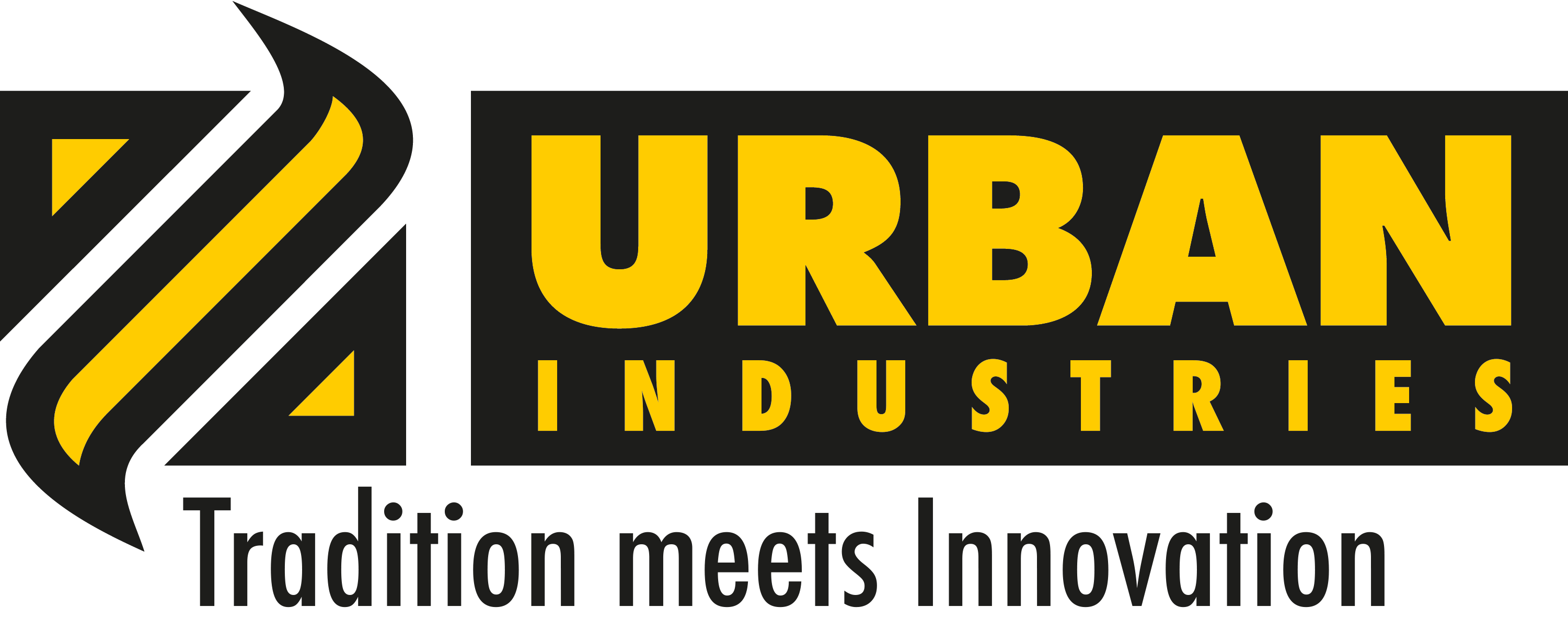Assemblies for hydroturbines
Precision and stability for sustainable energy
Assemblies for hydroturbines are essential components of modern hydropower plants. They include structural components that ensure the function and efficiency of the turbines by withstanding mechanical loads and enabling optimal energy conversion. These components are crucial for the generation of sustainable energy and contribute to the stability and longevity of hydropower plants.
Functions of assemblies for hydroturbines:
Assemblies for hydroturbines perform several key tasks that ensure the operation and efficiency of the system:
- Power transmission: Precise transmission of hydraulic energy to the turbine to maximize energy yield.
- Stability: Support of the turbine against mechanical loads and water pressure.
- Protection: Prevent damage to sensitive components caused by external influences.
Main components of assemblies for hydroturbines
Assemblies for hydroturbines are made up of several central components:
- Turbine rotor: Responsible for converting hydraulic energy into mechanical energy.
- Guide vanes: Regulate the water flow and optimize the efficiency of the turbine.
- Housing and supports: Protect internal components and provide structural stability.
- Shafts and bearings: Transfer the mechanical energy from the rotor to the generator and minimize friction losses.
Materials for assemblies
The materials for assemblies must be extremely durable and corrosion-resistant to withstand the high loads in hydropower plants. Frequently used materials are
- Stainless steel: High corrosion resistance and strength, ideal for components that come into direct contact with water.
- Cast iron: Robust and durable, particularly suitable for structural components.
- Composite materials: Combinations of metal and plastic offer an optimum balance of weight and stability.
- Titanium: Lightweight and corrosion-resistant, particularly suitable for highly stressed parts.
Design features of modern assemblies for hydroturbines
The design of modern assemblies requires precision and the use of advanced technologies:
- CAD design: Enables precise planning and simulation of components under realistic conditions.
- Hydrodynamic optimization: Flow-adapted designs increase the efficiency of the turbine.
- Modularity: Flexibility for different turbine types and hydropower plant sizes.
- Corrosion protection: Coatings protect the components against wear and chemical influences.
Application areas of assemblies for hydroturbines
Assemblies for hydroturbines are used in various types of hydropower plants:
- Run-of-river power plants: Turbine assemblies optimized for continuous power generation in rivers.
- Storage power stations: Components designed for the high pressure differences in stored water flows.
- Pumped storage power stations: Dual-functional assemblies that both generate energy and pump back water.
- Micro hydropower plants: Compact components for smaller plants in remote areas.
Advantages of modern hydroturbine assemblies
- High efficiency: Optimized designs maximize energy yield and minimize losses.
- Longevity: High-quality materials guarantee a long service life for the components.
- Flexibility: Modular assemblies facilitate repairs and adaptations.
- Environmental friendliness: Flow-optimized designs minimize the impact on water ecology .
- Cost reduction: Robustness and easy maintenance reduce operating costs .
Future trends in assemblies for hydroturbines
The further development of assemblies is being driven by new technologies and the increasing demand for renewable energies:
- Intelligent systems: Integration of sensors for real-time monitoring of loads and wear.
- Lightweight construction: Use of innovative materials to reduce weight while maintaining stability.
- Automated production: Robot-assisted production increases precision and e@iciency.
- Sustainability: Use of recyclable materials and environmentally friendly manufacturing processes.
Development challenges
The development of modern assemblies involves several challenges:
- Corrosion protection: Materials must be able to withstand exposure to water and chemical influences.
- Load management: Components have to cope with high mechanical and hydraulic forces.
- Material costs: High-quality materials and precise manufacturing increase production costs.
Conclusion
Assemblies for hydroturbines are indispensable components of modern hydropower plants. They ensure the efficiency, stability and durability of the turbines and make a decisive contribution to sustainable energy generation. With robust materials, innovative designs and precise manufacturing, they set new standards in hydropower technology.

